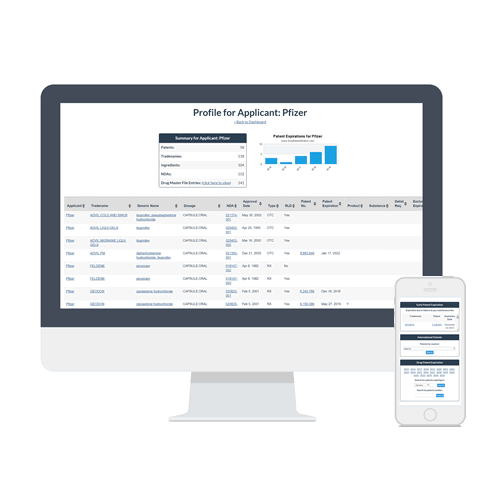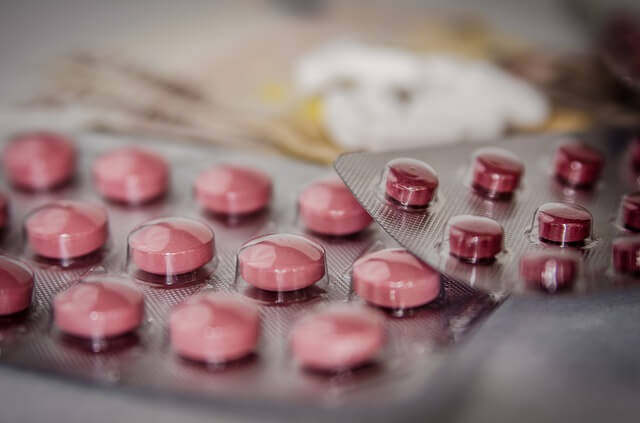Table of Contents
Introduction

Biosimilars, which are biologic drugs that are highly similar to an already approved biologic drug, are transforming the pharmaceutical industry. As patents for original biologic drugs expire, biosimilars are becoming increasingly important, offering more affordable treatment options for patients and healthcare systems. This article delves into the impact of biosimilars on biologic drug development pipelines, exploring their benefits, challenges, and future prospects.
What Are Biosimilars?
Biosimilars are biologic drugs that are designed to be highly similar to an already approved biologic drug, known as the reference product. Unlike generics, which are exact copies of small molecule drugs, biosimilars are complex molecules that require extensive testing to ensure their safety and efficacy.
Benefits of Biosimilars
Cost Savings
Biosimilars offer significant cost savings compared to their reference products. The development cost of a biosimilar is typically 10-20% of the cost of developing an original biologic drug, and the approval process is shorter, taking around 8 years compared to 12 years for innovator drugs. This reduction in cost and time translates into lower prices for patients and healthcare systems.
Increased Access to Treatment
By providing more affordable treatment options, biosimilars can increase access to biologic drugs for patients who might not have been able to afford them otherwise. This is particularly important for chronic conditions that require long-term treatment.
Innovation in Manufacturing
The development of biosimilars drives innovation in manufacturing processes. Companies are adopting new technologies, such as single-use bioreactors and Quality by Design (QbD) approaches, to improve efficiency and reduce costs. These innovations can also benefit the development of new biologic drugs.
Challenges in Biosimilar Development
Regulatory Hurdles
One of the significant challenges in biosimilar development is navigating the regulatory landscape. Biosimilars must demonstrate comparability to the reference product in terms of quality, safety, and efficacy. This requires extensive analytical and clinical testing, which can be time-consuming and costly.
Manufacturing Complexity
Biologic drugs are complex molecules that require sophisticated manufacturing processes. Ensuring the consistency and quality of biosimilars can be challenging due to the inherent variability in biologic production. This complexity can lead to higher development costs and longer timelines.
Market Uptake
Despite the potential benefits, the market uptake of biosimilars has been slower than expected. Factors such as high development costs, patent litigation, and market exclusivity have hindered the entry of biosimilars into the market. Additionally, the lack of clear regulatory guidelines and the need for extensive clinical trials have also contributed to the slow adoption.
Impact on Biologic Drug Development Pipelines
Shift in Focus
The emergence of biosimilars has led to a shift in focus for pharmaceutical companies. Many companies are now investing in biosimilar development alongside their traditional drug pipelines. This dual approach allows companies to leverage their expertise in biologic development and manufacturing to generate synergies.
Increased Competition
Biosimilars have introduced a new level of competition in the biologic drug market. As more biosimilars enter the market, there is increased pressure on originator drugs to maintain market share. This competition can drive innovation and reduce prices, benefiting patients and healthcare systems.
Future Prospects
The future of biosimilars looks promising. With many biologic drugs coming off patent, there are numerous opportunities for biosimilar development. The biosimilars pipeline is growing, with over 500 candidates in various stages of development. As regulatory frameworks evolve and manufacturing technologies improve, the development and approval of biosimilars are expected to become more efficient.
Conclusion
Biosimilars are revolutionizing the pharmaceutical industry by offering more affordable and accessible treatment options. While there are challenges in their development, the benefits of cost savings, increased access to treatment, and innovation in manufacturing make them an important part of the biologic drug development pipeline. As the market continues to evolve, we can expect to see more biosimilars entering the market, driving competition and innovation in the biopharmaceutical sector.
FAQs
What are biosimilars?
Biosimilars are biologic drugs that are highly similar to an already approved biologic drug, known as the reference product.How do biosimilars differ from generics?
Unlike generics, which are exact copies of small molecule drugs, biosimilars are complex molecules that require extensive testing to ensure their safety and efficacy.What are the benefits of biosimilars?
Biosimilars offer significant cost savings, increase access to treatment, and drive innovation in manufacturing processes.What are the challenges in biosimilar development?
Challenges include regulatory hurdles, manufacturing complexity, and slow market uptake due to high development costs and patent litigation.How are biosimilars impacting biologic drug development pipelines?
Biosimilars are shifting the focus of pharmaceutical companies, increasing competition, and driving innovation in the biopharmaceutical sector.
Sources:
AmerisourceBergen. (2024, July 1). Biosimilars pipeline report: A guide for understanding the growing market. Retrieved from https://www.amerisourcebergen.com/insights/manufacturers/biosimilar-pipeline-report
NCBI. (2015). Biosimilars advancements: Moving on to the future. Retrieved from https://www.ncbi.nlm.nih.gov/pmc/articles/PMC6681164/
IQVIA. (n.d.). Disruption and maturity: The next phase of biologics. Retrieved from https://www.iqvia.com/-/media/iqvia/pdfs/nemea/uk/disruption_and_maturity_the_next_phase_of_biologics.pdf
NCBI. (2019, July 17). Current perspectives on biosimilars. Retrieved from https://www.ncbi.nlm.nih.gov/pmc/articles/PMC6791907/
BioProcess International. (2013, June 1). An Analysis of the US Biosimilars Development Pipeline and Likely Market Evolution. Retrieved from https://www.bioprocessintl.com/biosimilars/an-analysis-of-the-us-biosimilars-development-pipeline-and-likely-market-evolution


